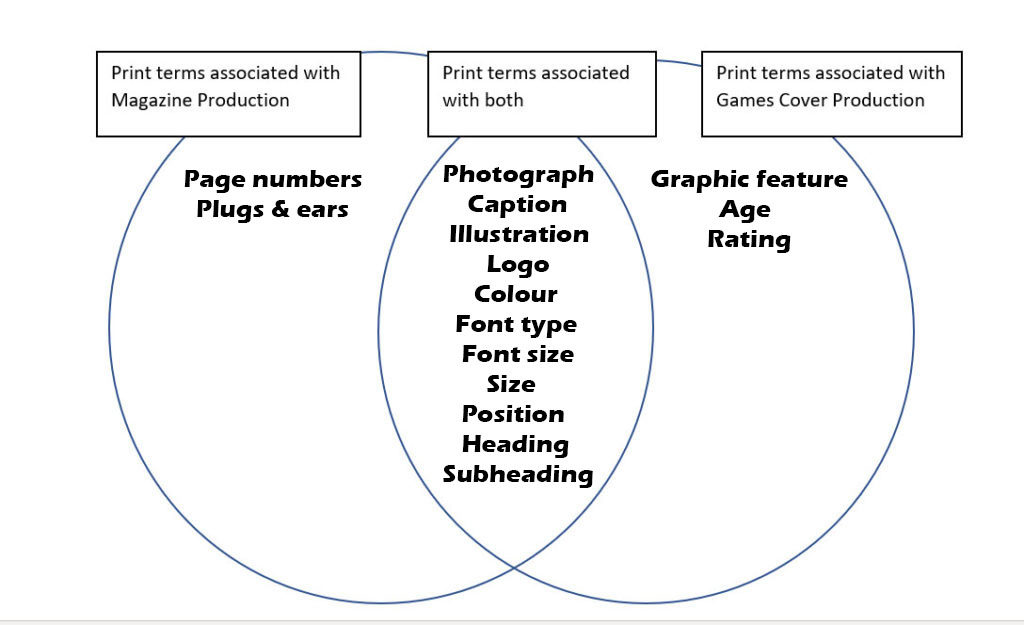• Positive and negative stereotypes – positive stereotypes have good connotations and good messages whereas negative stereotypes have bad connotations and messages
• Counter-types – a positive stereotype that emphasizes the good/ positive features of a person
• Misrepresentation – giving a false representation of the nature of something
• Selective representation – the way a specific group is represented more than another
• Dominant ideology – the dominant/ main idea of a society, beliefs, morals etc shared by the majority of a society
• Constructed reality – the way we present ourselves to other people is shaped by our interactions with others, as well as by our life experiences.
• Hegemony – leadership / dominance by one social group over others
• Audience positioning – techniques used by the producer of a media product to get the audience to understand the ideology of the text
• Fluidity of identity – our identity is fluid and distinctively our own and is shaped by our culture, race, how we were raised and educated etc and can change all the time
• Constructed identity – the shaping of a persons values influenced by cultural systems and individual actions
• Negotiated identity
• Collective identity

